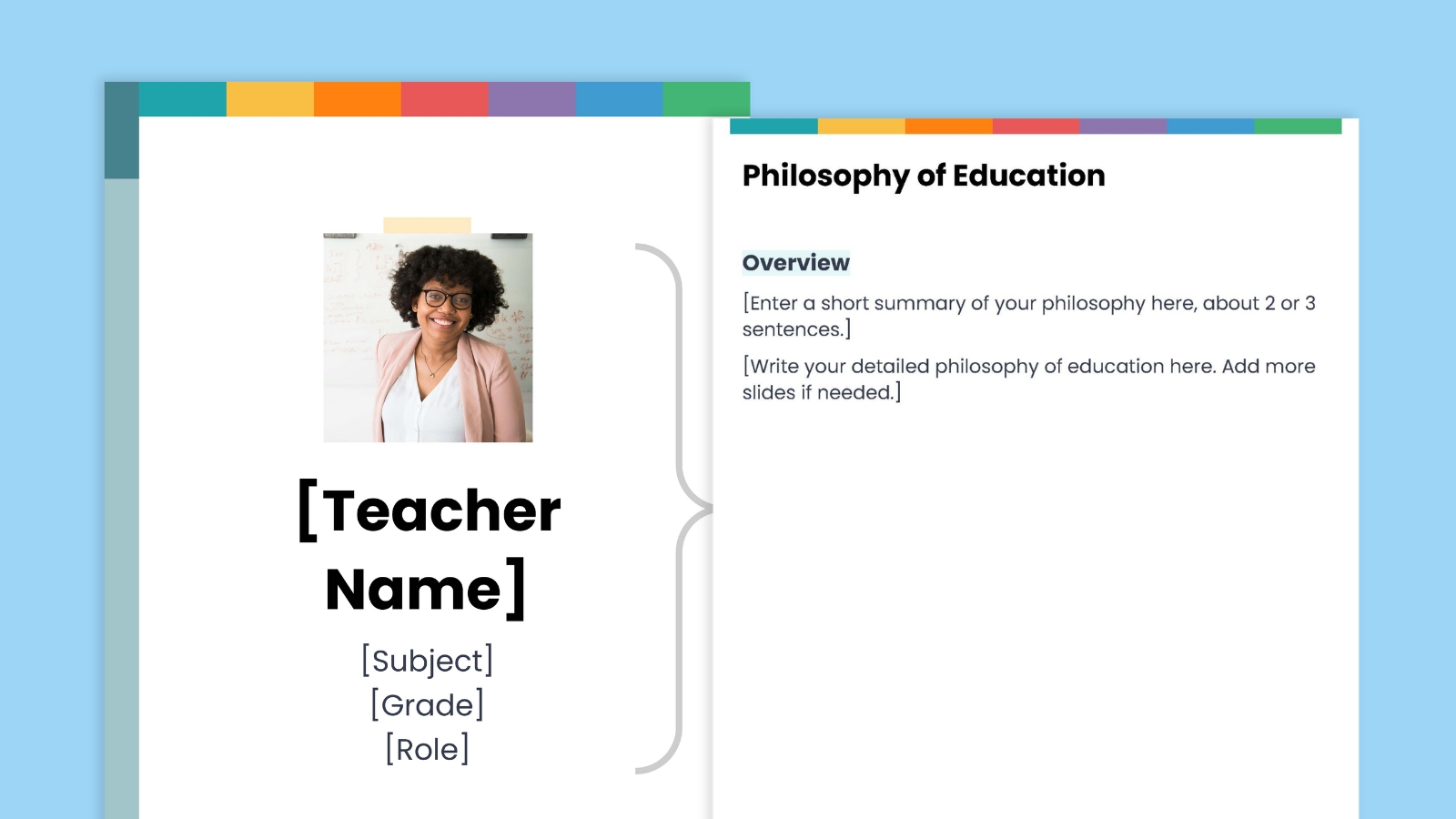I admit, my experiences as a student in asynchronous online discussions (AODs) were mixed. In some classes, the instructor never participated, and students either copied and pasted whole passages or said little. In other classes, not knowing there were assigned readings, I did what I wanted. I often encounter students who have little expectations of AODs and put forth minimal effort.
Instructors must first understand the rationale. AODs are akin to face-to-face discussion classes, where students complete assigned readings and discuss, debate, and explore topics guided by an instructor-expert. There are two major outcomes: Students have to demonstrate meeting class objectives and students must be part of a safe space where the instructor can correct misunderstandings, expand on topics, and build relationships with students. Two theories guide AOD redesigns to create a conceptual dialectic: A.) Students are the meaning makers of their readings; B.) Students must develop and resolve conflicts with their existing schema (Coker, 2022).
Evaluating current practices will inform instructors on what shifts, if any, are needed. Here are five major problems in current AOD designs:
The instructor either does not participate or monopolizes the discussion.
Students answer with perfunctory language, such as “Good job” or “I agree.”
There is no visible evidence that students interacted with the readings.
There are no real conversations or discussions—students supply answers that do not connect or extend to what others say.
Discussions contain large groups where every student answers the same question, creating a monotony of saying the same ideas repeatedly ad nauseam.
One way to examine if an instructor needs to improve their AODs is by examining a recent student discussion section and evaluating responses with the four archetypes of the SCANT framework (Coker, 2022):
If you are like most instructors, do not be alarmed: More than 90% of students are at the satisficer and celebrator level. But there is one shift that will radically improve AODs: a structured conversation system (Coker, 2022). A structured conversation system (SCS) is as easy as 1-2-3:
Teach, model, and require an SCS in which students must meaningfully engage with each other. Some options are QDA, Six Hats, role-playing, and Devil’s Advocate.
Scheduling. Students must respond by the halfway point of a discussion due date and distribute responses over 2-3 days: one response to someone else and one conversation with someone responding to their own initial post. Require each student to respond to someone without a response first. Break students into groups of 4-6 or assign different prompts. Instructor interaction is maximized at 20-30% of responses (e.g., a group of 4 students should have 2-3 instructor responses that model expectations).
Embed readings with choices. Students are required to cite and meaningfully interact with required readings. Giving choices means not every student reads the material, giving students a jigsaw-like learning environment.
To be successful, students must know and agree to the requirements ahead of time. There must be modeling and monitoring with interventions. Often, instructors will need to use a fix-it strategy, where there might be a nudge to get students on track and maintain the boundaries of the expectations. For many students, there have never been meaningful interactions in AODs, so they will revert to the business-as-usual responses and remain satisficers and celebrators. Instructors will have to create a safe space where students can take risks, question ideas, and disagree without being disagreeable, as it is natural to become defensive.
Academic press, or instructors pressing students to synthesize and evaluate knowledge, becomes the moral imperative of all online instructors. Consider reimagining the curriculum as a band of microlessons, where students can experience massed and distributed learning (Coker, 2024). Massed learning is practicing or reading the same skill in rapid succession, such as students continuously referring to an earlier lesson. Distributed learning would consist of returning to a prior topic in later weeks, such as reading about a topic from week 2 in week 14 of a 16-week class.
Requests and pleas probably will not be enough to nudge students. There are two actions by experienced instructors that can shift a structured conversation system. First, the instructor needs to micromodel expectations, such as starting with brief models of the selected SCS framework throughout the course in actual discussions. Secondly, rewards and punitive measures must happen after the first discussion, with guidance, models, and a statement of expectations.
Another major problem is the hidden, real standard: The instructor’s syllabus and language often imply that online discussions neither matter nor are required. If the instructor does not participate or monitor the quality, then students know discussions are a pro forma activity that does not matter. The other major issue is that if discussions have little value in the grade, students know they can skip the discussions and still get an A. For example, in an 8-week class where discussions are worth 10 points per week and a total of 600 points, students could skip 50% of the readings and discussions but still get an A. A fix-it is a requirement that all discussions must be completed to get an A, or an instructor can weigh discussions so they are a significant part of the grade.
At the heart of SCS is developing relationships with students. As explored in transforming asynchronous learning environments, making the people behind the keyboard come alive and feel like they belong should occur throughout the class. One way is to request small talk in all discussions; a structured way is a conversation corner (CC), where students share what they want to share. Who knows, maybe a student will meet lifelong friends while engaging with the content.
David Coker, EdD, is an adjunct professor of education in the Advanced Education Programs at Fort Hays State University and runs an alternative school at a juvenile detention center. He serves on different editorial boards and publishes regularly on educational leadership, research methodologies, and technology. He has over 25 years of experience in K-12 and higher education.
Coker, D. C. (2022). Transforming asynchronous online discussions with a structured conversation system. Journal of Studies in Education, 12(4), 1-20. https://doi.org/10.5296/jse.v12i4.20342
Coker, D. C. (2024). Evaluating microlessons in asynchronous learning through a novel instructional framework. In P. Ilic, Optimizing education through micro-lessons: Engaging and adaptive learning strategies (pp. 99-117). IGI Global.
The post One Shift to Spectacular, Engaged Asynchronous Discussions: A Structured Conversation Systems Approach appeared first on Faculty Focus | Higher Ed Teaching & Learning.
I admit, my experiences as a student in asynchronous online discussions (AODs) were mixed. In some classes, the instructor never participated, and students either copied and pasted whole passages or said little. In other classes, not knowing there were assigned readings, I did what I wanted. I often encounter students who have little expectations of
The post One Shift to Spectacular, Engaged Asynchronous Discussions: A Structured Conversation Systems Approach appeared first on Faculty Focus | Higher Ed Teaching & Learning. Online Course Delivery and Instruction Faculty Focus | Higher Ed Teaching & Learning










